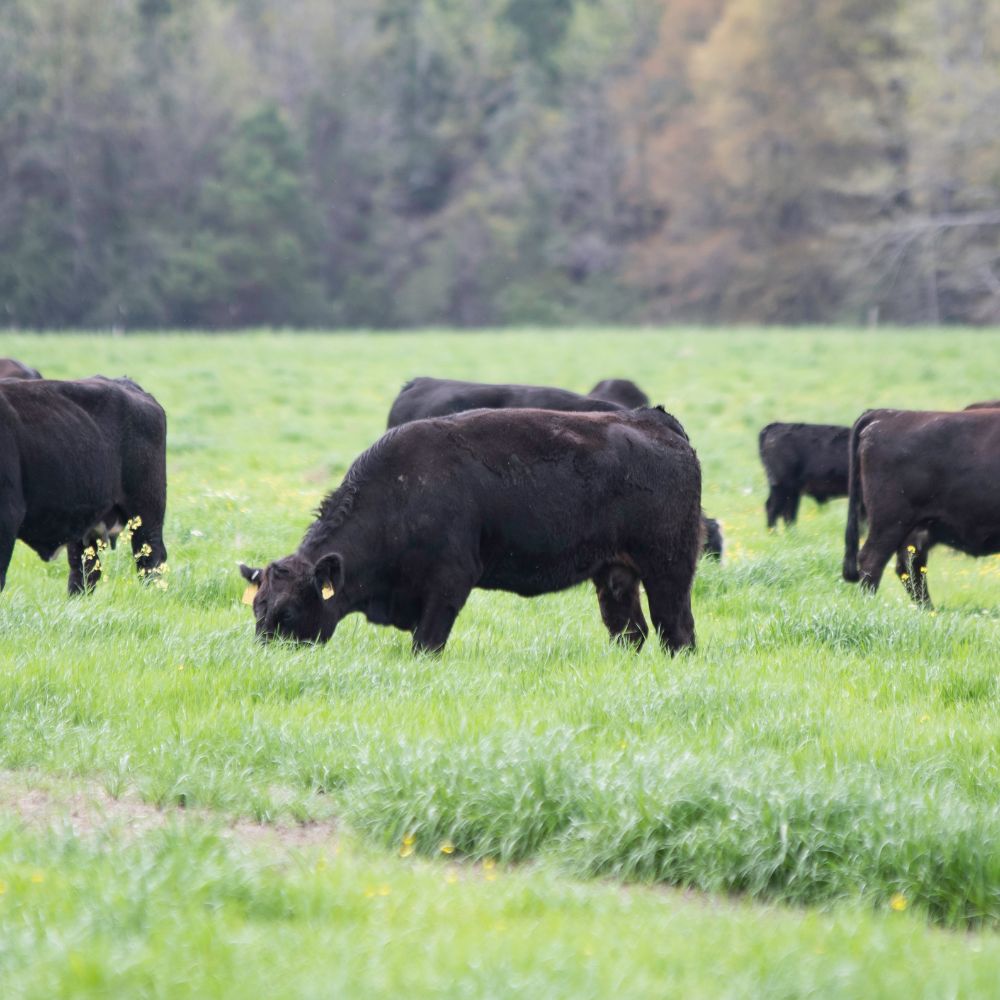Some Known Incorrect Statements About Bagley Risk Management
Bagley Risk Management Can Be Fun For Everyone
Table of ContentsLittle Known Facts About Bagley Risk Management.The Best Strategy To Use For Bagley Risk ManagementSome Of Bagley Risk ManagementAn Unbiased View of Bagley Risk Management8 Easy Facts About Bagley Risk Management Explained
This way, if prices do drop listed below that break-even factor by the end day, insurance holders are secured versus a loss. This is very similar to the method barnyards operate, though they use a standard hedge. When a breeder agreements their livestock with a feedlot, they hedge those cattle to lock in the revenue factor.This will be offset by the enhanced value of the cattle., ranchers safeguard against a decrease in the futures board, however do not shed out on the greater return when rates go up.
They do this by choosing a lower percent of the predicted ending worth - Livestock risk protection. This is a great approach for those seeking lower premium prices or who have a greater danger resistance because of strong monetary health. This method may not protect profitability, yet it can secure against serious market declines
There is not a great deal of protection or coverage on a month-to-month basis, yet if there is a severe mishap, producers have the tranquility of mind that comes from knowing they will just be accountable for a specific amount out of pocket. Just bear in mind, really hope for the ideal however prepare for the most awful.
The Single Strategy To Use For Bagley Risk Management

Feeder cattle can be covered up to a 900-pound predicted end weight and fed cattle can be covered up to a 1,400-pound end weight. With numerous weight classes to select from, it is feasible to cover animals with the barnyard to the packer rail.
Applications can take several days to procedure and simply filling up one out does not lock the candidate right into a plan. When the application is approved and ready, the LRP recommendation, with its end date and projected ending worth, can be secured rapidly. This permits ranchers to cover calves when the cost is right for their market risk monitoring goals.
Image Politeness USDA-NRCS Prices for calves, feeder livestock and finished livestock have actually set some brand-new records this fall and very early winter. A combination of situations has his response actually precipitated these historic costs. There is currently a lot of mindful positive outlook for cow-calf manufacturers as they check out the future.
Bagley Risk Management Things To Know Before You Get This

There are some advantages to manufacturers in making use of LRP insurance coverage as contrasted to a traditional feeder cattle agreement or acquisition of an alternative - Livestock insurance. One is the adaptability in the number of cattle that can be guaranteed. There is no lower restriction to the number of cattle that can be insured
There is no responsibility to market livestock on which you have acquired LRP Feeder Cattle coverage. You may choose to keep ownership and still be eligible for the indemnity must the Actual End Worth drop listed below your Insurance coverage Rate. You might market livestock covered by LRP at any moment, provided the transfer of ownership does not occur more than 60 days before the LRP Contract End Date.
If cattle perish and your Ag, Risk Advisor is informed within 72 hours of you finding out of the death, the protection continues to be essentially, and the producer is eligible for indemnities as a result of cost loss, even on those pets which perished. Yes! Calf bones can currently be covered prior to unguis hit the ground.
Fascination About Bagley Risk Management

Step 1) Full an application. Applications make certain first-time clients can be pre-approved to compose an LRP plan It is complimentary! Step 2) Secure a Special Coverage Endorsement (SCE) when you find a quote that meets your goals. There are many degrees of quotes that are released daily making this an extremely flexible item that will fit any type of manufacturer.
We are here for you. Together, we're much better. With each other, we'll protect your investment.
With the nonstop fluctuation and changability of the market, Animals Danger Protection (LRP) is something all livestock producers must think about. The primary objective of LRP is to shield versus the unforeseen down cost motion in the industry by establishing a base upon any type of provided day and sort of cattle you wish to guarantee.
Little Known Questions About Bagley Risk Management.
There are a range of protection level choices ranging from 70 to one hundred percent of the expected finishing worth (https://www.goodreads.com/user/show/175210345-andrew-bagley). At the end of the picked insurance duration, if the real finishing value is below the coverage rate, you will be paid an indemnity for the difference in price. Producer anticipates to market 1,000 head of 11cwt cattle and picks coverage of $66
As of 2020, LRP (Cattle) is currently readily available in all states when the market is offered. Fed Cattle with finishing weights in between 1,000lbs-1,400 lbs that will certainly be marketed for slaughter near the end of the insurance coverage period.